How does the Decent Framework™ compare to other options?
To better understand Decent, we'll take a look at how it compares with other options on the market.
Why is Decent different?
In short - Decent prescribes for symmetrical investment across the enterprise and solves operational gaps with structure instead of process.
Operating Models
The Decent Framework™ offers a brand new operating model - the Structural Operating Model (SOM)™.
The biggest difference between the SOM and other existing operating models is that the SOM equally values and invests in all necessary components of an enterprise. Decent prescribes for symmetrical investment, where as other operating models prescribe for asymmetric investment.
Symmetrical investment ensures that non-customer-facing scopes and customer-facing scopes are viewed as equally important to delivery, and are reviewed individually for prioritization and capital allocation.
Product Operating Model (POM)
The POM is primarily focused on customer-facing scopes, which are prioritized and funded more regularly than non-customer-facing scopes.
Though revenue-oriented, the overall effect tends to be degraded SLAs, higher operational costs, and delivery challenges.
Capability Operating Model
The Capability Model funds specialized skills and competencies - prioritizing “core capabilities” over broader enterprise needs.
Though operations-oriented, the effect often results in disconnected investment and return, and go-to-market challenges.
Platform Operating Model
The Platform Model concentrates resources on horizontal enablers (e.g., infrastructure, shared services) that support many teams.
Though operations-oriented, the effect often leads to waste, drift, and limited ROI.
Function Operating Model
The Function Model allocates funding by department (finance, HR, legal, etc.), creating strong internal repeatability but weak external adaptability.
Though operations-oriented, the effect often results in competing priorities, a weak vision, and execution limitations.
Project Operating Model
The Project Model funds discrete initiatives with clear start and end dates.
Though operations-oriented, it often leads to lock-in, excessive coordination overhead, and limited ROI.
Customer Segment Operating Model (CSOM)
The CSOM organizes around markets or customer groups, funding segment-specific initiatives.
Though revenue-oriented, the effect often creates redundancy, competition, and delivery challenges.
Frameworks and Methodologies
Once an enterprise has selected the model they'd like to use, there are a number of frameworks and methodologies that are available to operate them.
The Decent Framework™ focuses on building structures based on value - treating operations as a design problem, not a process problem.
As a part of the design process, value is designed, planned, and assigned to an owner with performance expectations - spanning most capabilities offered by other options by default, without a single process or committee.
- NOTE: The Decent Framework™ IS compatible with many other frameworks and methodologies, such as agile - and, in many cases, makes them more efficient!
Agile
The enterprise sweetheart - agile governs how work is delivered. Unfortunately, it cannot see value - and therefore, cannot effectively scale across multiple scopes.
In addition, agile discourages formal ownership. For those who have experienced the pain of scaling agile across a cross-functional enterprise - this is why.
Agile is not all bad, however. Agile is a wonderful way to deliver work.
The Decent Framework™ places agile within scopes. Because every scope delivers an output, and has a single owner, alignment and value are built in by default.
OKRs
We all love goals and metrics - and no one does it better than OKRs. Every quarter, teams get together and set their sights on the next target.
But then what?
OKRs do a great job aligning efforts, but are useless in guiding organizations through action and realization. Sure, they can tie action or strategy to value, but who is really on the hook implementation - and which budget does it come out of?
The Decent Framework™ acts as an effective rail system to build OKRs on top of. With built-in mechanics that account for budgeting, coordination, and authority - enterprises can truly leverage OKRs in a controlled and scalable way.
Lean Sigma Six
Saving money and efficiency is a perpetual focus of the modern enterprise - and lean truly excels here.
The main problem - you can't optimize an organization into growth.
Lean does a great job at managing resources, and - unsurprisingly, integrates into multiple parts of the Decent Framework™. Lean is especially helpful in guiding value creation and conversion processes - which makes it a great play for streamlining scopes and value chains.
From there - Decent fills in the gaps on governance, ownership, and design.
Honorable Non-Mentions
There are many other options on the market - all with different goals and capabilities. We won't deep dive them, but will briefly acknowledge a few:
- McKinsey 7S - Management / Organizational Effectiveness
- BCG GAMMA - AI/ML Business Transformation
- TOGAF - Enterprise Architecture
- ITIL - IT Service Management
- COBIT - Enterprise IT Governance
- Spotify Model - Autonomy and Agile
- No Rules Rule - Freedom and Autonomy
- Working Backwards - Product-centric Operations
- Haier - Micro-Enterprises
- Holacracy - Distributed Self-Governance
Comparisons FAQ
Addressing a couple of frequent questions:
Does Decent replace agile or OKRs?
Nope - Decent can work with, or enhance several frameworks and methodologies by providing operational guardrails.